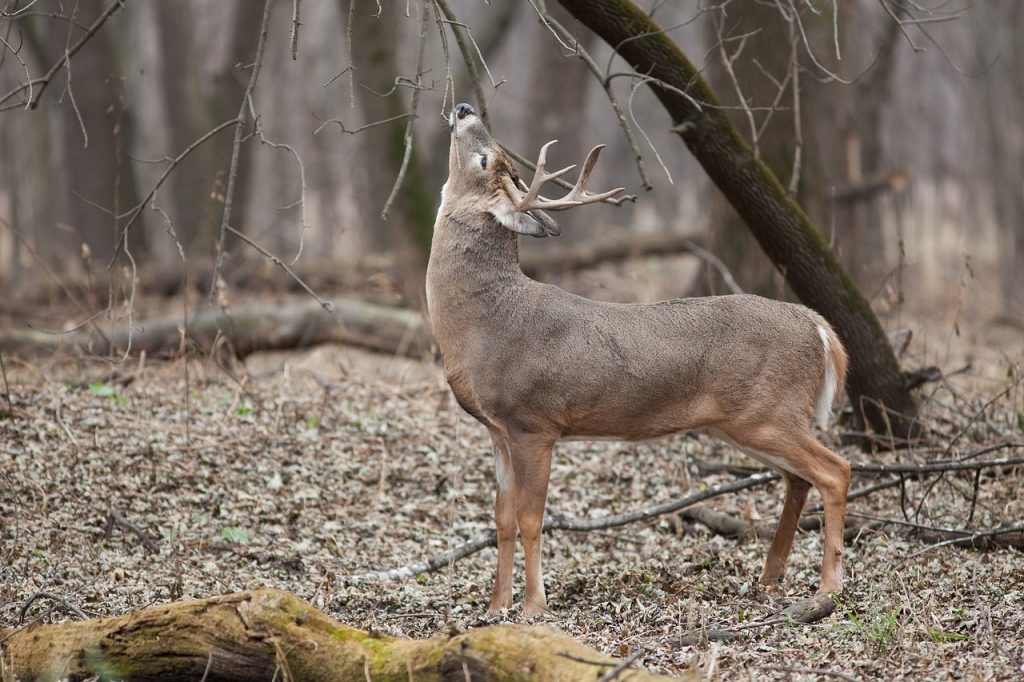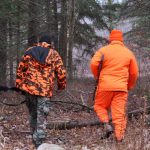BY DAVID LEWONCZYK
It’s hard to believe, but there is less than two weeks to the opening of the 2020 archery deer season. If you aren’t prepared for it yet, you had better get moving.
As I said in a previous column, I had my crossbow checked at Lonesome Road Archery in Taylor. They went over everything and didn’t find a problem. The outfit is only two years old, so I didn’t expect any problems but it is better to be safe than sorry.
Unfortunately, with crossbows, you can’t practice for hours, but sighting in the bow is not only safe, it is a necessity for the ethical hunter. Even if your bow was safely stored for the offseason, it doesn’t take much to knock the sight off if hit the right way.
When you take the time to sight in the bow, it not only ensures that you can fatally hit a deer when the opportunity arrives, it makes the wait seem less tedious. I know when I am sure my bow is right on the mark, I don’t sit there wondering about making a good shot. I can sit there and enjoy the sights and sounds of nature.
I go down to Lonesome Road Archery at least once a week to take a few shots. This not only improves my confidence, it familiarizes me with the crossbow and the safety mechanism. When that buck of a lifetime is in front of you, it’s not the time to be looking for the safety or your range finder.
Another thing I strongly suggest with a crossbow is the use of a shooting stick. I have a tripod that is adjustable for height and it also swings 360 degrees. It adjusts for height and angle in seconds but practice with the tripod is suggested so you aren’t fumbling with it when a deer is in front of you.
A crossbow isn’t like a rifle. It doesn’t have that weight and it is easily moved off target if you aren’t used to shooting it at all angles. Even if you don’t fire the bow, practicing getting the weapon on the tripod and aiming goes a long way toward success.
If you are hunting from a blind, there are a lot of things you can do to improve your chances. For one thing, if you are hunting private property, your blind should be set up already. This not only lets the deer get used to it, if there is a problem, you can address it before the season.
Most pegs that you get with a blind aren’t very effective. I bought two sets of stronger more secure pegs to make sure my blind doesn’t lift up in a strong wind. They won’t pull out if someone accidentally trips over one in the dark.
There is a little flap at the bottom of the blind. I straighten them out and place a 4 x 4 board on each one. This not only helps keep the blind dry when it rains, it prevents snakes from entering the blind when it gets colder. Believe me, I speak from experience, and it is not for the faint of heart when a snake wants to warm up with you.
I also put a board in the middle of the blind from the ground to the roof when I am leaving, even if it is just for the night. If it rains or snows during your absence, it keeps the blind from collapsing from the weight of the rain or snow.
I always leave an inch when I measure this board. It allows me to put a towel between the board and the blind so the board doesn’t damage the blind when it rubs against the roof.
These are things that should already be in place, but it is not too late if you do them right away. Good luck.
DAVE LEWONCZYK is a freelance outdoors writer. Contact him at lewonoutdoors@verizon.net.




